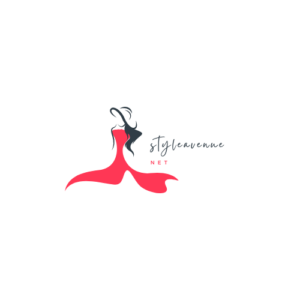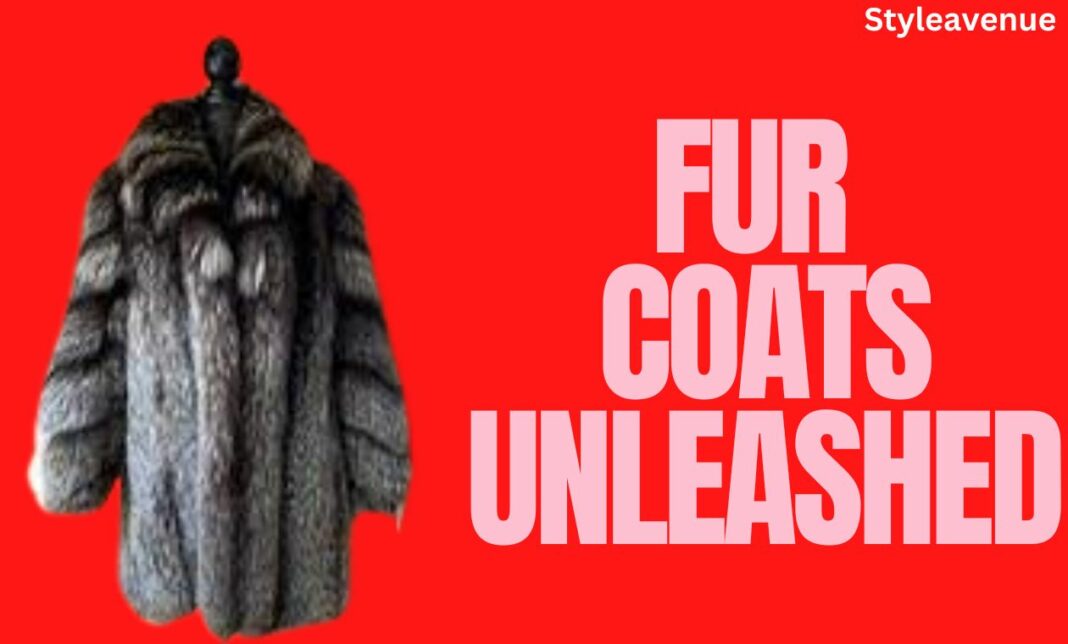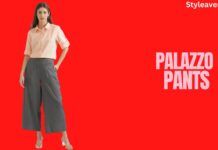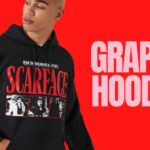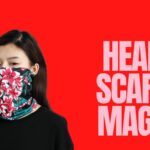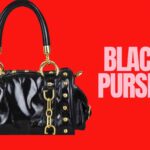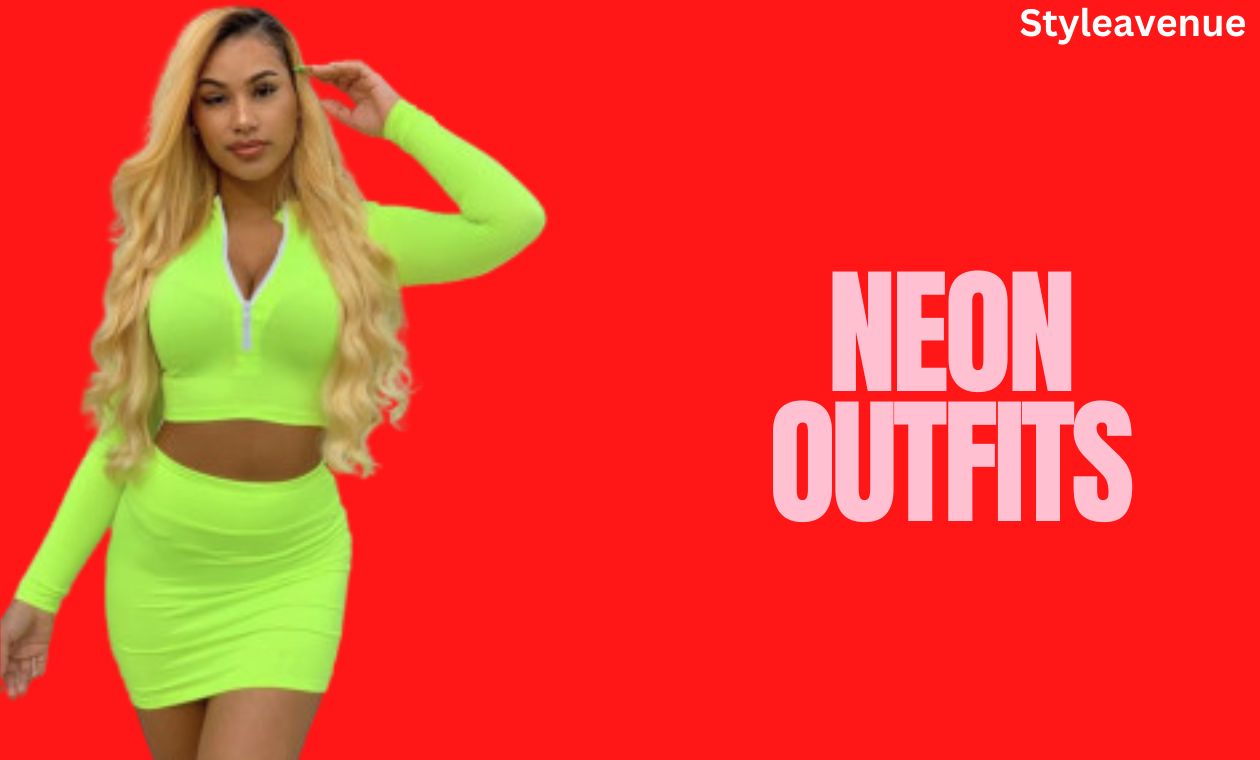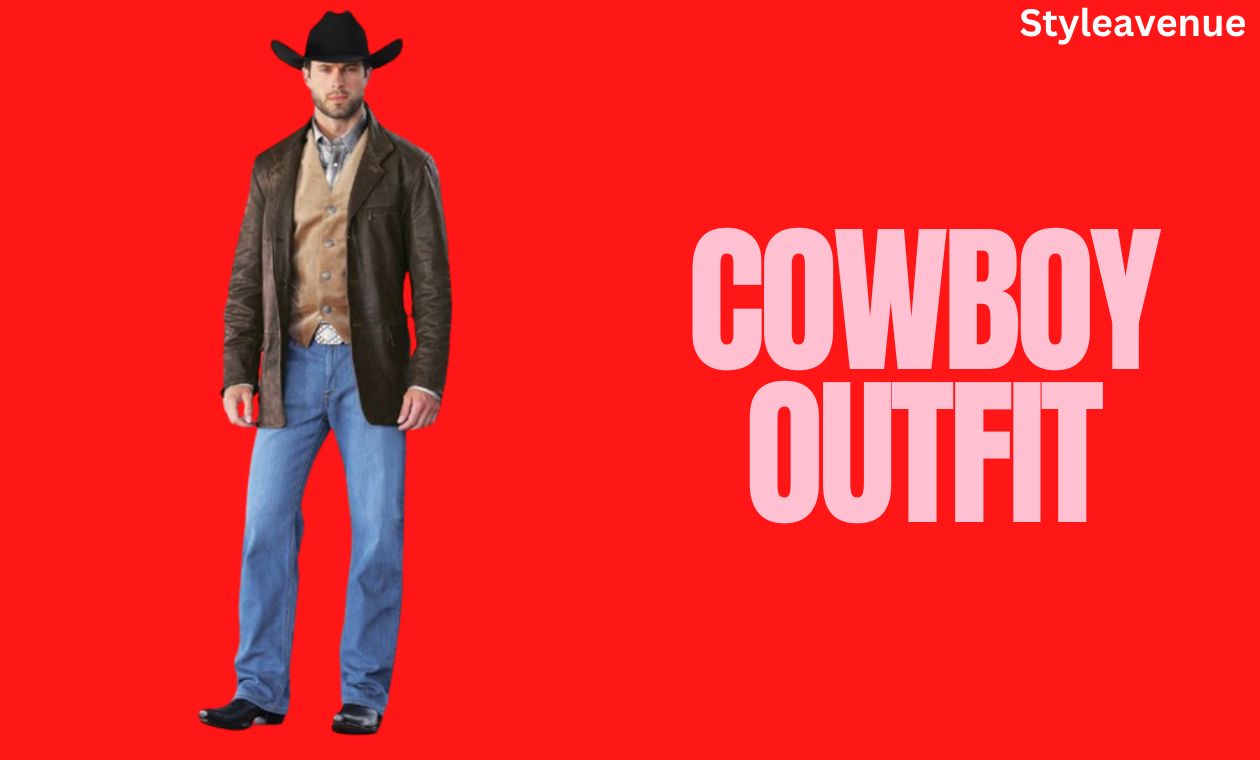A fur coat is a luxurious garment made from the pelts of animals, typically mammals, that are prized for their soft and warm fur. Throughout history, fur coats have been highly valued for their beauty, warmth, and status symbol. They have been worn by both men and women as a means of protection against the cold weather while also making a fashion statement.
Fur coats are crafted using various types of fur, including mink, fox, rabbit, and sable, among others. The fur is carefully processed and treated to ensure its quality and durability. Fur coats come in different lengths, styles, and colors, offering a wide range of options to suit individual preferences and fashion trends.
In recent years, there has been an increasing awareness and debate surrounding the ethical concerns related to fur coats. The use of real fur has sparked discussions regarding animal welfare, trapping methods, and sustainability. Many individuals and organizations advocate for the ethical treatment of animals and promote alternatives to real fur, such as faux fur.
Faux fur, also known as synthetic fur or fake fur, is a man-made material designed to mimic the look and feel of real fur. It is often made from synthetic fibers such as polyester or acrylic. Faux fur has gained popularity as a cruelty-free alternative to real fur, as it does not involve the use of animal pelts. However, there are also considerations regarding the environmental impact of producing and disposing of synthetic materials.
The choice between real fur and faux fur is a personal one, and individuals have different perspectives and values when it comes to their fashion choices. It is important to be informed and consider various factors when making a decision about wearing fur coats.
We will provide valuable insights and guidance to help you make informed choices about fur coats and navigate the ever-evolving landscape of fashion with a conscious mindset.
Styling a Fur Coat
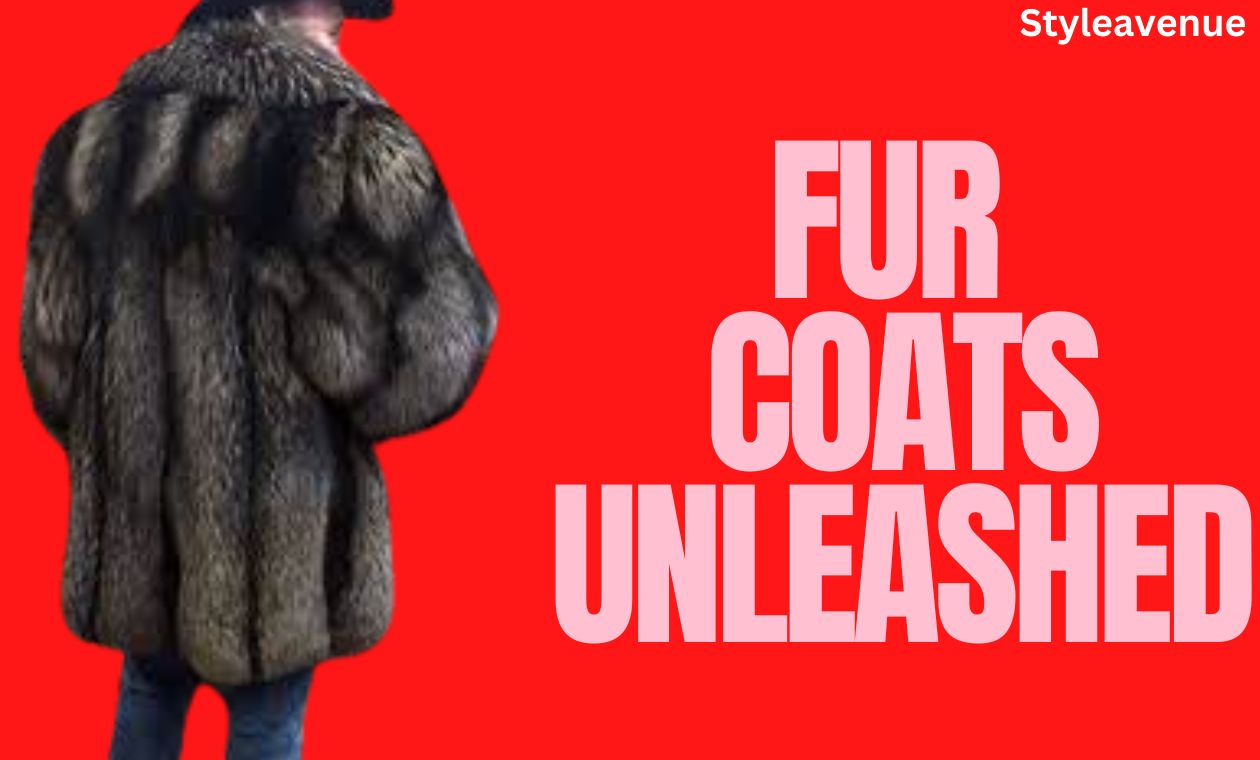
Styling a fur coat for casual and daytime wear allows you to effortlessly elevate your everyday outfits with a touch of glamour and sophistication. Here are some tips to help you create stylish and comfortable looks:
- Pairing with Jeans: For a chic and relaxed ensemble, combine your fur coat with a pair of well-fitted jeans and a cozy sweater. Opt for a slim-fitting fur coat that falls around hip length for a balanced silhouette. Complete the look with ankle boots or sneakers for a modern twist.
- Dressing up Dresses: Enhance the elegance of your dresses by layering them with a fur coat. A knee-length or midi dress in a complementary color can create a harmonious and stylish outfit. Choose a fur coat with a length that complements the dress, such as a cropped fur jacket with a mini dress or a full-length fur coat with a maxi dress. Finish off the look with heels or ankle boots.
- Skirt Pairings: Experiment with various skirt lengths and styles to achieve different looks. For a bohemian vibe, try a fur vest paired with a flowy maxi skirt and a fitted top. If you prefer a more tailored look, match a knee-length pencil skirt with a fitted fur coat for a polished and sophisticated ensemble.
Fur coats can add a touch of luxury and opulence to your evening and formal outfits. Here are some ideas to help you create glamorous and eye-catching looks:
- Evening Gown Pairings: Pairing a fur coat with an elegant evening gown creates a show-stopping look. Opt for a fur stole or a fur coat with a sleek silhouette to complement the sophistication of the gown. Choose a fur coat in a contrasting color to make a bold statement or opt for a tone-on-tone look for a more subtle effect.
- Tailored Suits: For a modern and powerful aesthetic, consider pairing a fur coat with a tailored suit. Opt for a fur coat with clean lines and a structured shape to complement the tailored silhouette of the suit. This combination creates a striking ensemble that exudes confidence and style.
- Accessorizing with Fur: Fur coats can also be used as statement accessories to enhance your evening attire. Drape a fur stole over your shoulders to add an element of glamour to a cocktail dress or a jumpsuit. Alternatively, choose a fur bolero or shrug to accentuate your shoulders and arms while keeping you warm.
Fur coats are not limited to winter wear; they can be styled in various ways to suit different seasons:
- Winter Essentials: In colder months, fur coats serve as cozy and luxurious outerwear. Opt for longer, heavier fur coats that provide extra warmth. Pair them with knit sweaters, scarves, and boots to create a chic and bundled-up winter look.
- Fall Fashion: During the transitional period between summer and winter, fur coats can add a layer of elegance to your fall outfits. Style them with lightweight sweaters, jeans, ankle boots, and wide-brimmed hats for a fashionable and autumnal look.
- Spring Transitions: As the weather starts to warm up, opt for lighter fur coats such as fur vests or short jackets. Layer them over floral dresses, lightweight blouses, or jumpsuits for a stylish and cozy spring look. Don’t be afraid to experiment with pastel-colored fur coats to embrace the season’s vibrant energy.
Remember, when styling a fur coat, always consider the occasion, weather, and your personal style preferences. Let your creativity shine and have fun experimenting with different outfit combinations to make a fashion statement with your fur coat.
The Ethics of Fur Coats
Understanding Ethical Fur
Explaining Ethical Sourcing: When it comes to fur coats, ethical sourcing refers to the responsible and humane treatment of animals during fur production. Ethical fur is obtained through methods that prioritize animal welfare, ensuring that animals are treated with respect and compassion throughout their lives and during the fur harvesting process.
Certification Programs: Various certification programs have been established to ensure the ethical sourcing of fur. These programs, such as the FurMark and Origin Assured (OA) labels, set standards and guidelines for fur farms and suppliers to adhere to. They focus on animal welfare, environmental impact, and traceability of fur products. These certifications help consumers make informed choices and support the ethical fur industry.
Transparency and Traceability: Transparency is crucial in the fur industry. Ethical fur producers strive to provide detailed information about their sourcing practices, including the origin of the fur and the conditions in which the animals are raised. By promoting transparency, consumers can make informed decisions about the fur products they choose to purchase.
Faux Fur Alternatives
Quality of Faux Fur: Faux fur has come a long way in terms of quality and resemblance to real fur. Advances in technology have allowed manufacturers to create faux fur that is soft, luxurious, and visually appealing. High-quality faux fur can mimic the texture, look, and warmth of real fur, providing a cruelty-free alternative for those who prefer not to wear animal fur.
Environmental Advantages: Faux fur offers environmental benefits as it does not involve the raising and harvesting of animals. The production of faux fur coats reduces the demand for real fur and helps protect wildlife populations. Additionally, faux fur eliminates the need for harmful chemicals used in the processing of real fur, making it a more sustainable option.
Ethical Considerations: Choosing faux fur coats aligns with the ethical concerns surrounding animal welfare. It provides a compassionate alternative for individuals who are opposed to using real fur. By opting for faux fur, consumers can make a positive impact by supporting a more ethical and cruelty-free fashion industry.
It is important to note that the decision between real fur and faux fur is a personal choice. Some individuals may prioritize ethical sourcing and opt for certified fur coats, while others may prefer the environmental advantages and compassionate nature of faux fur. Ultimately, the fashion industry is evolving to offer more sustainable and ethical options for consumers, allowing them to make choices that align with their values and beliefs.
Caring for a Fur Coat
Fur coats require specialized care to maintain their quality and longevity. It is recommended to have your fur coat professionally cleaned at least once a year. Professional furriers have the expertise and equipment to clean fur coats without damaging delicate fur fibers. They can remove dirt, dust, and odors, as well as address any stains or discolorations.
While professional cleaning is essential, there are also steps you can take at home to care for your fur coat between cleanings. Here are some tips:
- Regular Shaking: After wearing your fur coat, gently shake it to remove any loose dirt or debris. This helps prevent the accumulation of particles that can damage the fur over time.
- Brushing: Use a fur brush with soft bristles to gently brush the fur in the direction of hair growth. This helps restore its natural luster and keeps the fur looking fresh. Be cautious not to brush too vigorously to avoid damaging the fur.
- Avoid Moisture and Heat: Keep your fur coat away from excessive moisture and heat sources such as radiators or direct sunlight. Moisture can cause the fur to mat or become brittle, while heat can dry out the fur and lead to damage. If your fur coat gets wet, gently shake off any excess water and allow it to air dry in a well-ventilated area away from direct heat.
- Handle with Care: When wearing or handling your fur coat, be mindful of sharp objects or jewelry that could snag or tear the fur. Avoid applying perfume or hairspray directly onto the fur, as the chemicals can be damaging. If your fur coat does get stained, consult a professional furrier for advice on stain removal.
When storing your fur coat during warmer months or when not in use, it’s crucial to take proper precautions to maintain its condition.
- Cool and Dry Environment: Choose a cool and well-ventilated storage area for your fur coat. Avoid storing it in damp basements or areas with fluctuating temperatures and humidity levels, as these conditions can lead to mildew or fur damage.
- Use a Breathable Garment Bag: Place your fur coat in a breathable garment bag, preferably made of natural fibers like cotton or linen. Avoid using plastic bags, as they can trap moisture and cause the fur to deteriorate.
- Proper Hanger Choice: Hang your fur coat on a broad-shouldered, sturdy hanger to support its weight and maintain its shape. Avoid wire hangers that can create pressure points and distort the fur.
- Avoid Compression: Do not pile heavy items on top of your fur coat, as it can crush the fur and affect its appearance.
- Regular Inspection: Periodically check your fur coat for any signs of damage or pests. If you notice any issues, consult a professional furrier for repair or restoration.
By following these cleaning and storage tips, you can ensure that your fur coat remains in optimal condition and retains its beauty for years to come. Taking proper care of your fur coat not only prolongs its lifespan but also allows you to enjoy the luxury and warmth it provides season after season.
In Crux
When it comes to fur coats, personal style, and choice play a significant role. Fashion is a form of self-expression, and it’s important for individuals to make informed decisions that align with their values and preferences. The discussion surrounding fur coats often involves ethical considerations, as the use of real fur raises concerns about animal welfare. By exploring alternative options such as faux fur, individuals can embrace their personal style while making choices that are in line with their ethical beliefs.
In the realm of fashion, responsible consumption is gaining prominence. It’s essential to consider the environmental impact and ethical implications of our fashion choices. By opting for ethically sourced fur or choosing high-quality faux fur, individuals can contribute to a more sustainable and conscientious fashion industry. Being aware of the source and production methods of fur coats empowers individuals to make choices that resonate with their values and contribute to positive change.
Fur coats have a rich history and have long been revered for their luxurious and timeless appeal. They have adorned the shoulders of countless fashion icons and have become synonymous with glamour and elegance. Despite the ongoing debates and shifts in the fashion landscape, fur coats continue to captivate with their inherent beauty and warmth.
As fashion evolves, so do our perceptions and choices. The fashion industry has responded to the concerns surrounding fur by introducing alternative options that mimic the look and feel of fur without the use of animal products. Faux fur has become increasingly sophisticated, offering a cruelty-free and environmentally conscious alternative for those who wish to embrace the aesthetic of fur coats.
In the end, the choice to wear a fur coat remains a personal one. It’s essential to consider the values and beliefs that guide our fashion choices, recognizing that responsible and conscious consumption is crucial for shaping a more sustainable and ethical future.
Whether one chooses to embrace the allure of real fur or opt for ethically sourced alternatives, fur coats continue to hold a place in fashion history and the wardrobes of individuals who appreciate their timeless elegance. The decision to wear a fur coat, or any garment for that matter, ultimately lies in the hands of the individual, who should embrace their own style and make choices that align with their values, celebrating the beauty and diversity that fashion offers.
How much did you like Our detailed Fur Coats Unleashed: Your Complete Guide, please share these Blogs with your friends on social media.
Recommended
- Thigh High Boots
- Varsity Jackets
- Black Jumpsuits
- Black Puffer Jacket
- Graphic Hoodies
- Bell Bottom Jeans
- Nude Heels
- Ed Hardy
Are fur coats ethical?
The ethics surrounding fur coats are a subject of debate. The use of real fur raises concerns about animal welfare, as animals are often raised in captivity or trapped for their pelts. However, some fur producers adhere to strict ethical guidelines and certification programs to ensure responsible sourcing and humane treatment of animals.
Where can I buy a fur coat?
Fur coats can be purchased from various sources. High-end fashion retailers, fur specialty stores, and online platforms offer a range of options. It's important to research and choose reputable sellers who adhere to ethical sourcing practices.
How do you determine the quality of a fur coat?
The quality of a fur coat can be determined by several factors. Look for softness, density, and sheen in the fur. High-quality fur should be well-constructed, with evenly distributed and properly matched pelts. Additionally, reputable furriers can provide information on the origin and quality of the fur.
How do you care for a fur coat?
Caring for a fur coat involves taking certain precautions. Avoid exposing it to direct heat or sunlight, as it can damage the fur. Store it in a cool, well-ventilated space during off-seasons, and have it professionally cleaned and stored by a furrier. Brushing the fur gently and avoiding contact with chemicals or perfumes also helps maintain its quality.
Can fur coats be worn in different seasons?
Fur coats are primarily associated with colder seasons due to their insulating properties. However, lighter-weight fur coats, such as those made from rabbit fur, can be suitable for transitional seasons. It's important to choose fur coats appropriate for the weather conditions and dress them accordingly.
Are there faux fur coat options available?
Yes, faux fur coat options are widely available. Faux fur mimics the appearance and texture of real fur while being cruelty-free. It provides an alternative for individuals who prefer not to wear real fur for ethical or environmental reasons.
What types of fur are commonly used in fur coats?
Several types of fur are commonly used in fur coat production. Mink, fox, chinchilla, and rabbit are popular choices. Each type of fur has its own unique characteristics, such as softness, thickness, and color variation.
Can men wear fur coats?
Yes, men can wear fur coats. Fur coats are not limited to any specific gender and can be styled and tailored to suit various preferences and body types. Men's fur coats often feature sleek and streamlined designs that exude sophistication and style.
Are fur coats still fashionable?
Fur coats have a timeless appeal and continue to be considered fashionable. While fashion trends evolve, fur coats remain a symbol of luxury and elegance. However, the fashion industry has also embraced faux fur as a trendy and ethical alternative, reflecting changing attitudes toward fur in the modern world. Ultimately, fashion is subjective, and personal style choices determine what is considered fashionable for each individual.

Meet Sandeep Singh, a passionate and creative mind immersed in the world of fashion and style. With a keen eye for trends and an innate ability to translate them into captivating words,
